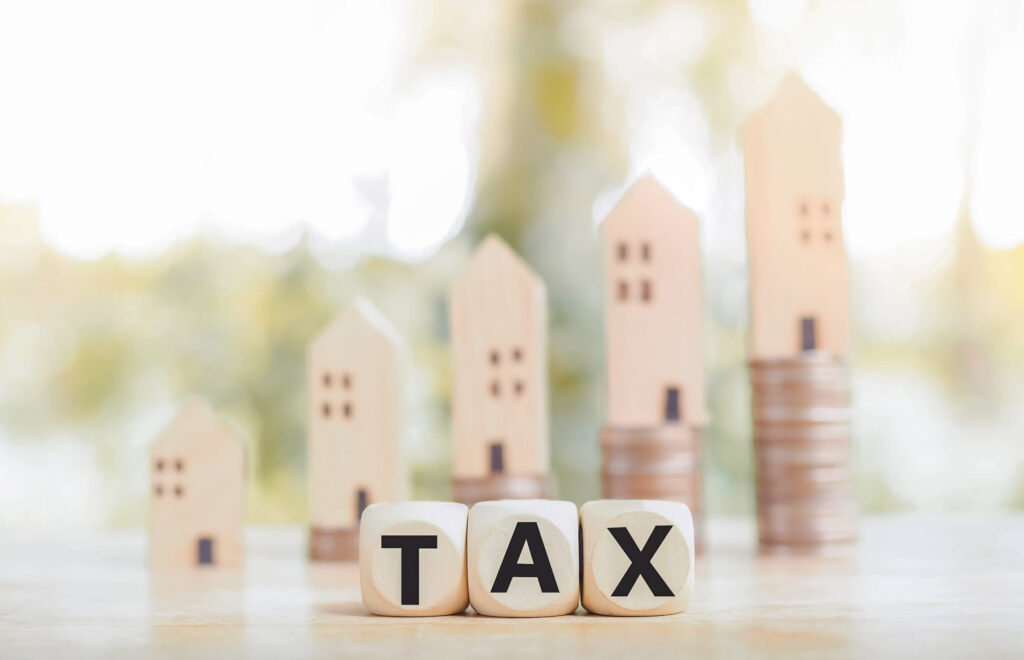The tax code can be complex, but for savvy investors, there are opportunities to optimize returns while contributing to community development. One such avenue is Qualified Opportunity Zones (QOZs), through which taxpayers can temporarily defer taxes on eligible gains by investing in a Qualified Opportunity Fund (QOF).
How It Works
Investors can defer tax on “eligible gains” by investing in a QOF until December 31, 2026, or they experience an inclusion event, whichever is earliest. Eligible gains encompass both capital gains and qualified Section 1231 gains, provided they are recognized for federal income tax purposes before January 1, 2027, and are not from a transaction with a related person.
For investors to obtain this deferral, the amount of the eligible gain must be timely invested in a QOF in exchange for an equity interest in the QOF (qualifying investment). Upon meeting this requirement, investors can claim the deferral on their federal income tax returns for the taxable year in which the gain would be recognized if not electing to defer it.
Filing Requirements
Annual reporting is a crucial aspect of participating in QOZs. Investors with qualifying investments must file Form 8997, Initial and Annual Statement of Qualified Opportunity Fund Investments, with their timely filed federal tax return, including extensions.
Timing of Investments & Election of Gain Deferral
To defer tax on an eligible gain, investors must exchange it for equity interest in a QOF within 180 days, starting on the date of gain recognition. The first day of the 180-day period is the date the gain would be recognized for federal income tax purposes without an election to defer the recognition of the gain.
For gains reported on the installment method, an eligible taxpayer may treat the date the payment on the installment sale is received or the last day of the taxable year in which the eligible taxpayer would have recognized the gain under the installment method as the beginning of the 180-day period. Thus, if an eligible taxpayer receives one or more payments on an installment sale and treats the date the payment on the installment sale is received as the beginning of the 180-day period, each payment will begin a new 180-day period.
Exact timing is critical, and the gain must be recognized prior to investment in a QOF , since a recognized capital gain or qualified Section 1231 gain is required to be used for investment purposes. Investors must invest the eligible gain in a QOF equity interest, and then elect the deferral on Form 8949, Sales and Other Dispositions of Capital Assets, within this time period. Failure to follow this timetable to elect a deferral will result in the gain being recognized for federal income tax purposes.
Tax Benefits
The tax benefits received are dependent upon how long the QOF investment is held. After electing to defer the gain, the basis in the QOF investment starts at zero, increasing over time, with the following duration-specific tax benefits:
- Holding for at least 5 years increases the basis by 10% of the deferred gain.
- Holding for at least 7 years adds an additional 5% to the basis.
- After 10 years, investors may permanently exclude gain resulting from a qualifying investment by increasing the basis to its fair market value at the time of sale or exchange.
Additional Considerations
Deferred Gain Inclusion
Inclusion events trigger the recognition of deferred gain. Investors should refer to the list of events, including sales, gifts, or liquidation of the QOF, to understand when the deferred gain should be reported.
Investment Basis
When selling or exchanging the QOF investment, investors must report the gain or loss using Form 8949. The basis includes the initial zero basis plus adjustments from the five- to seven-year holding periods and other allowable increases and decreases. Accurate record-keeping is crucial for managing the basis effectively.
Final Thoughts
Qualified Opportunity Zones offer a unique way for investors to defer taxes while contributing to new development and job creation in an economically distressed community.
A complete understanding of the rules, filing requirements, and additional considerations is essential for those looking to make the most of this innovative tax strategy. As with any investment, consulting with a tax professional is recommended to navigate the intricacies and ensure compliance with the latest regulations. The IRS offers additional resources at the links below, or contact a GYF Tax professional at 412-338-9300 for assistance.
![]() Kathryn Bond assisted with the research and writing of this article and has published several other blog posts on a variety of topics. A graduate of Coastal Carolina University, she joined the GYF Tax Group in 2023, following her graduation from Duquesne University’s MAcc program.
Kathryn Bond assisted with the research and writing of this article and has published several other blog posts on a variety of topics. A graduate of Coastal Carolina University, she joined the GYF Tax Group in 2023, following her graduation from Duquesne University’s MAcc program.






